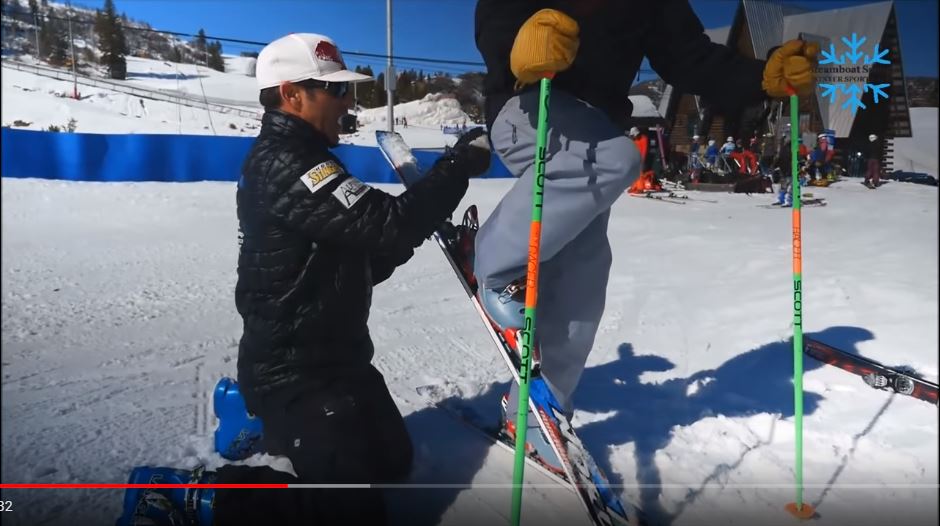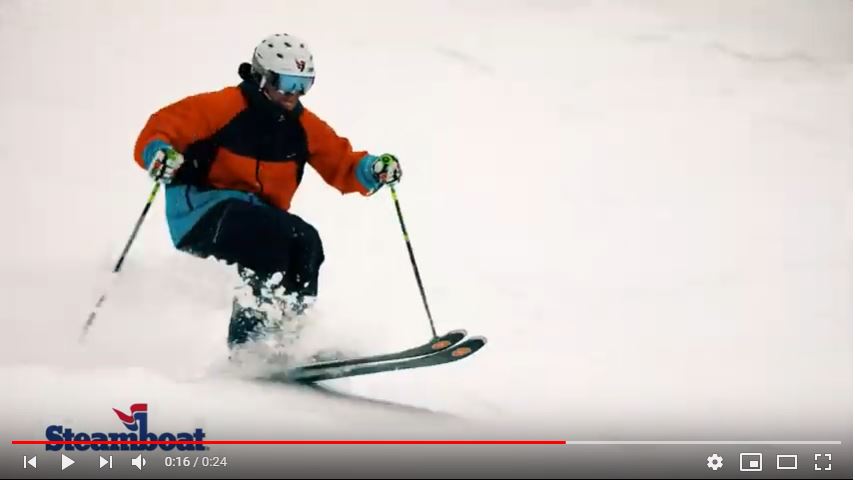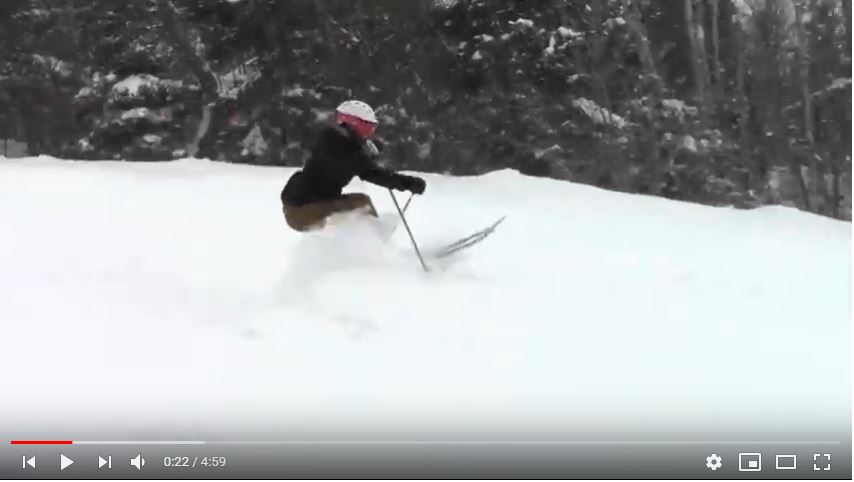Guys, all this back and forth about zipper line or not is futile.
I'm more than willing to approach these moves, but still need to baby step there. This thread is about the baby steps.
Please, please don't just make claims without showing how to get there. I keep asking for explanations and drills to get there. That should be the focus.
One way to start skiing bumps is to learn to pivot slip your way down.
Here's an animation of pivot slipping:
And here are some humans doing pivot slips on groomers:
In this video you'll see pivot slips being done in bumps at 0.16 - 0.20, and
from above 0.29 - 0.35, and there are more camera angles all the way through the section labelled
Step 1.
The goal of pivot slipping down the bumps is to head straight down the fall line, or as straight as you can, as slowly as you can.
Do it as SLOWLY at first. It's harder to do it slowly, way slower than the person in that video, than to go fast.
Doing it slowly takes strong precision in movements, in edging, in rotating the skis, and in holding your line.
Start by slowing to a stall on each bump top, or even plant a pole and come to a complete stop.
Groomer practice is good and a necessary part of this.
But you'll find it easier to pivot on the top of a bump than on a groomer because your tips and tails will be in the air and not catching.
Your groomer practice doesn't have to be perfect before you venture into the bumps.
The glory of getting started this way is that you don't have to choose a line.
Just go down straight as you can. You'll easily be able to self-diagnose success and failure.
Failure is losing the line, or taking off in a runaway traverse, or going fast, or gaining speed.
Success is going slow, and slower, even glacially
s-l-o-w, and holding the line.
Starting bumps this way requires bumps whose shapes are amenable to slide-slipping down their back side.
You can do this on ice bumps if the shapes are OK.
Speed up after you are very very good at going slow, and very very good at holding the line without your skis shooting you off the the side of your expected line. Look again at the Step Up video linked above at 0.21-0.26 for how it looks when you're getting pretty good at the exercise.
You can move from this way of crawling down the fall line to making round turns and taking a more meandering line with a bit of more speed if you like. Starting this way doesn't limit you to skiing the zipper line as you speed up. This is how I've learned to ski bumps, and I prefer the round line.
Disclaimer: I started skiing late in life, and am not a zipper liner by any means.







